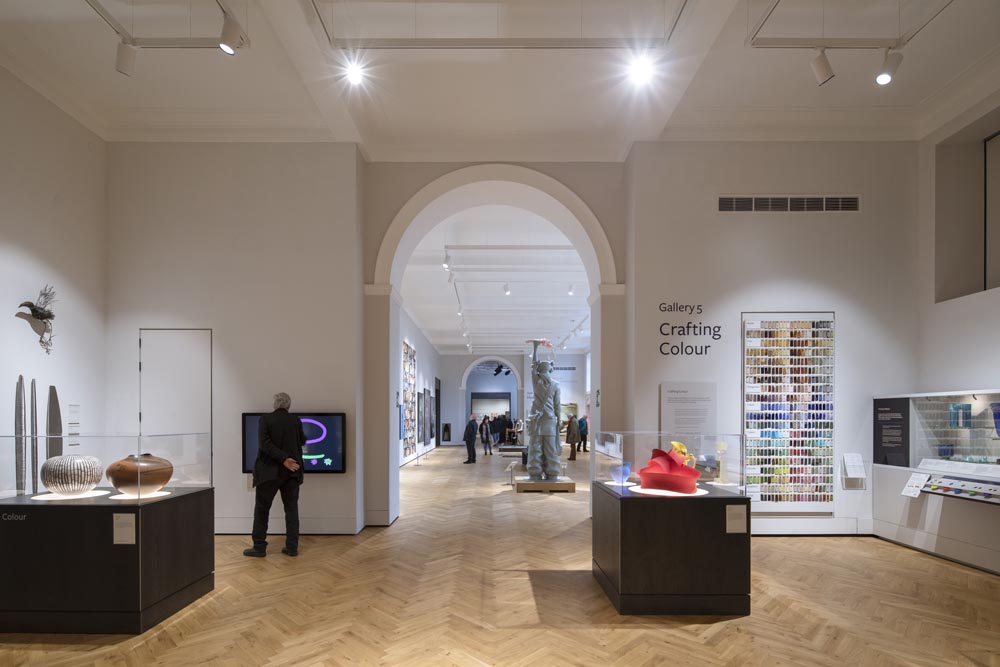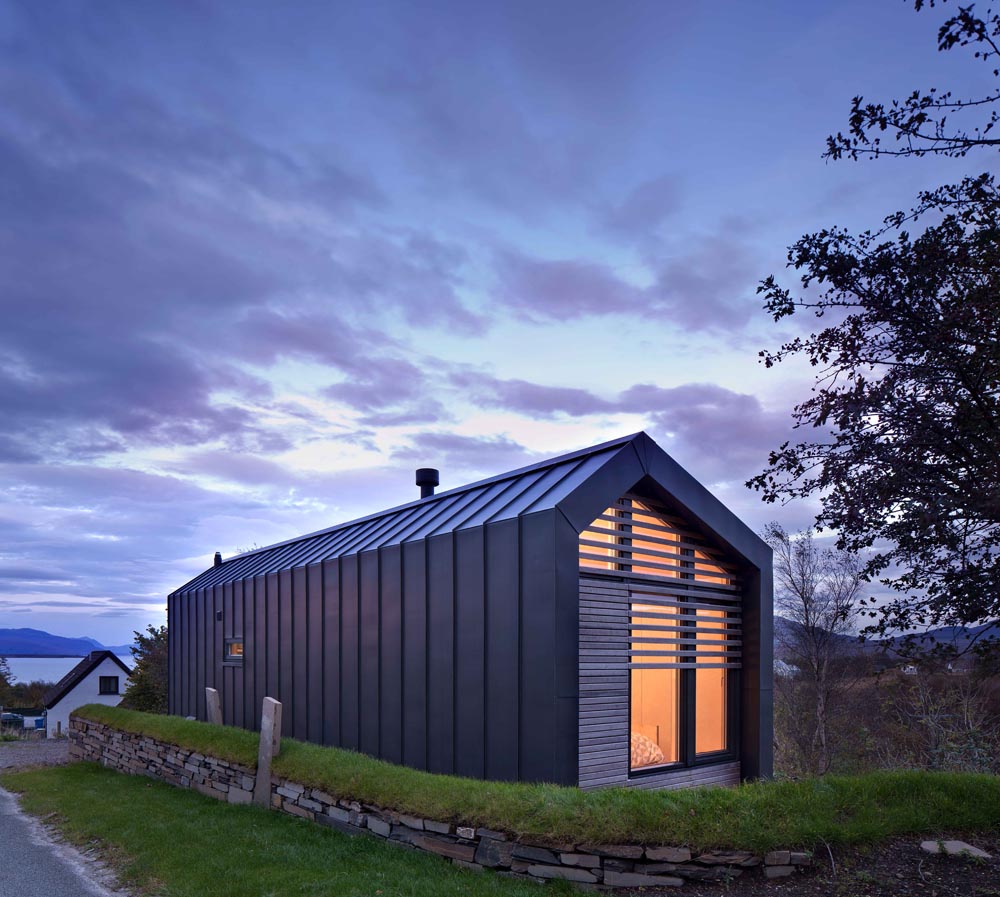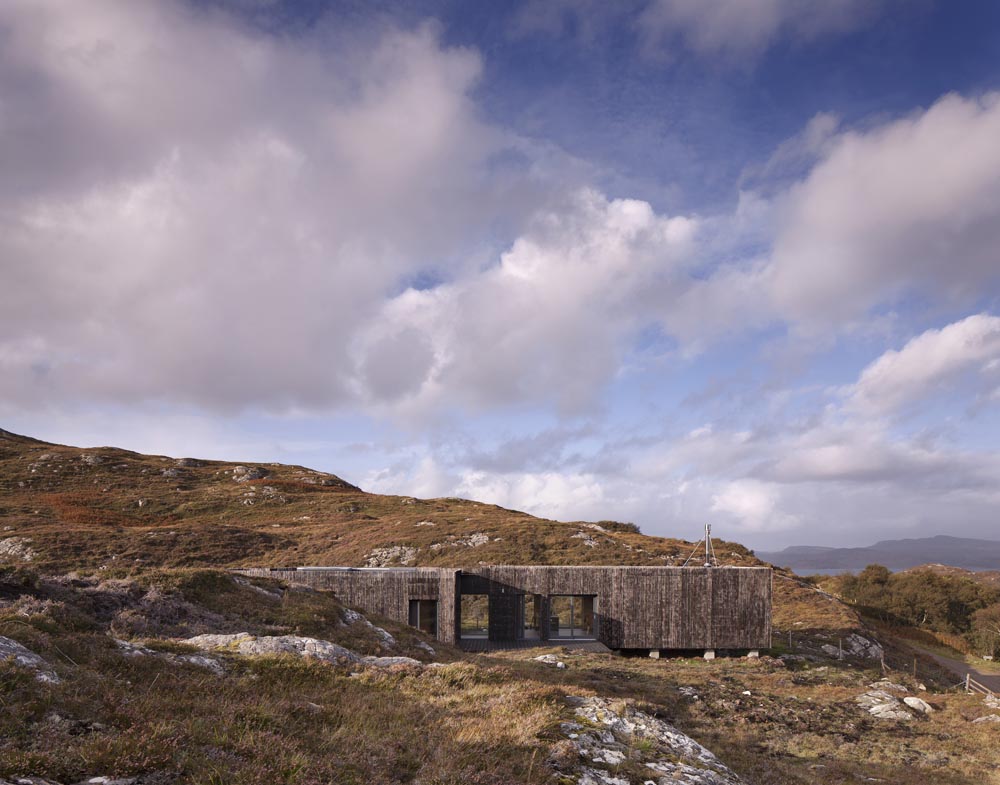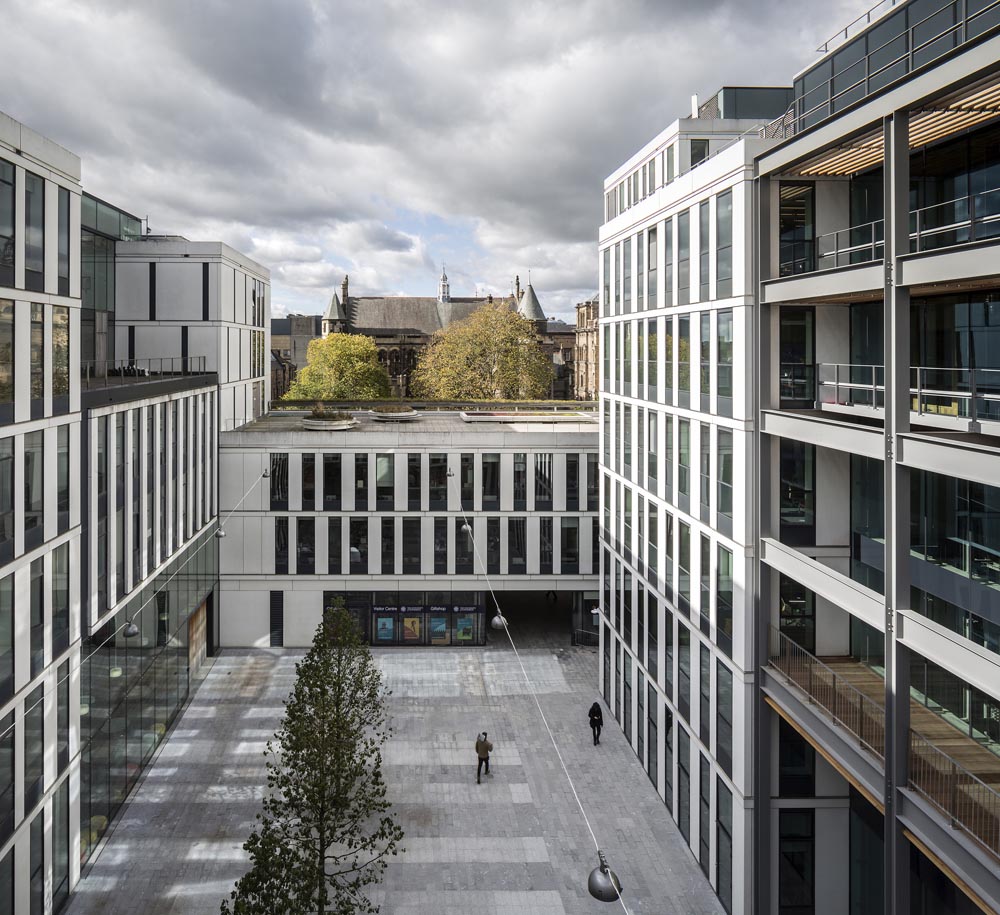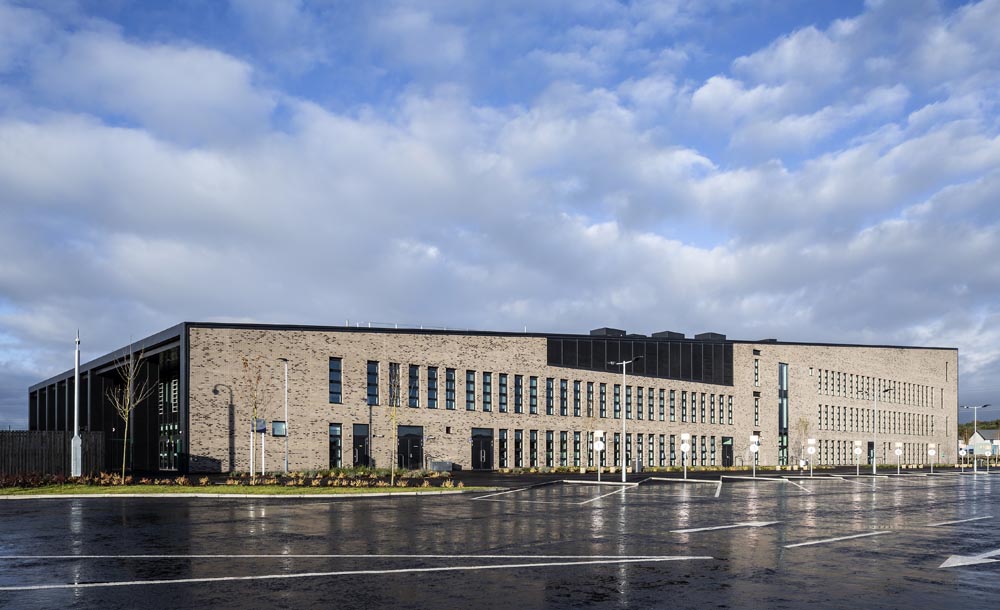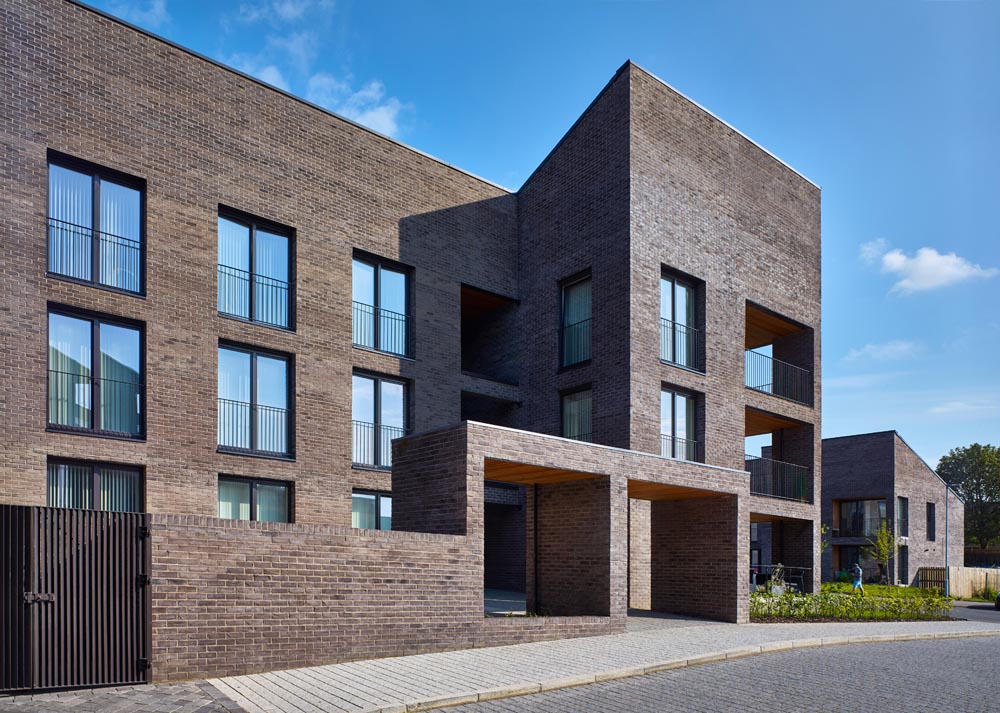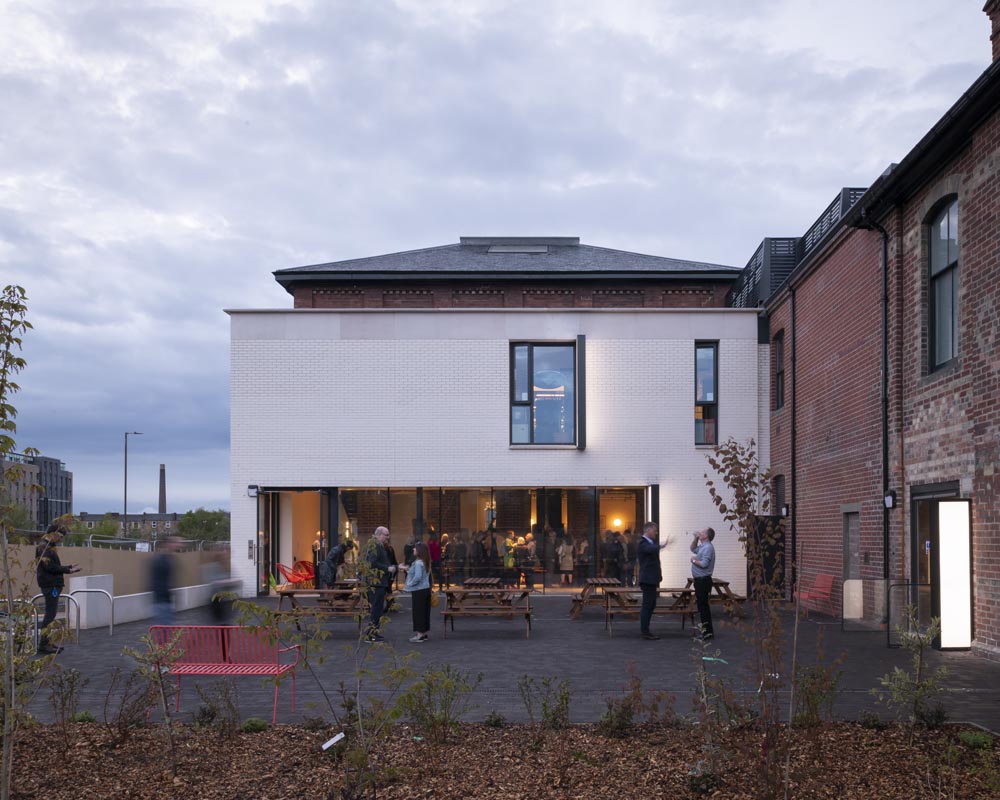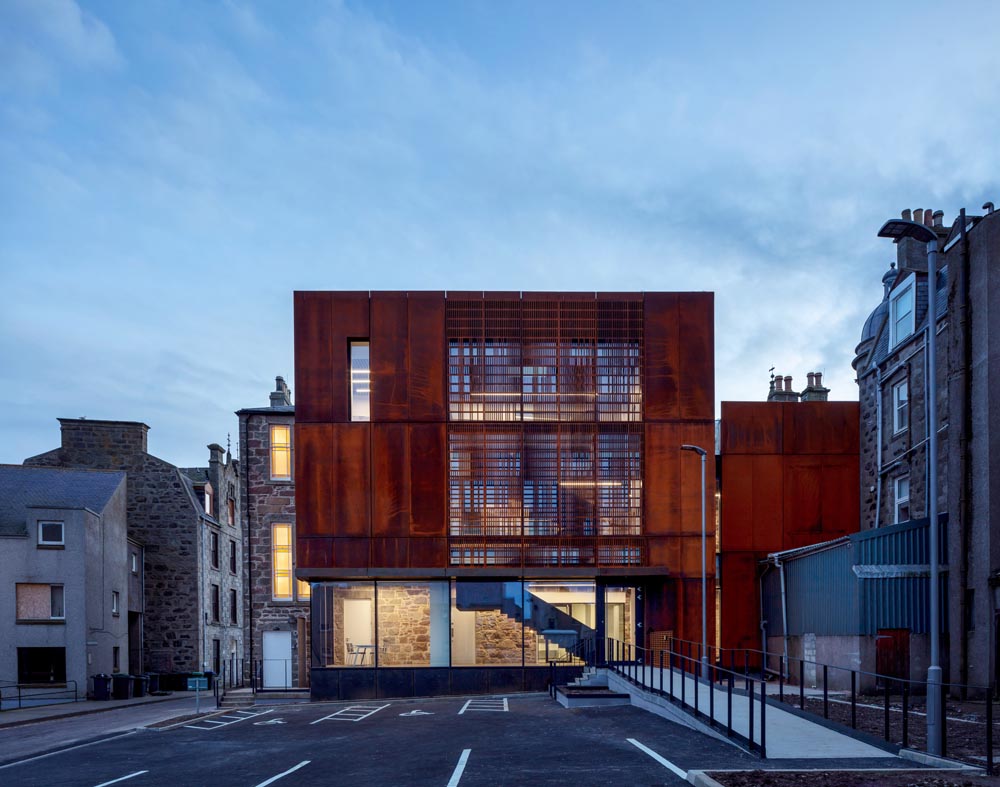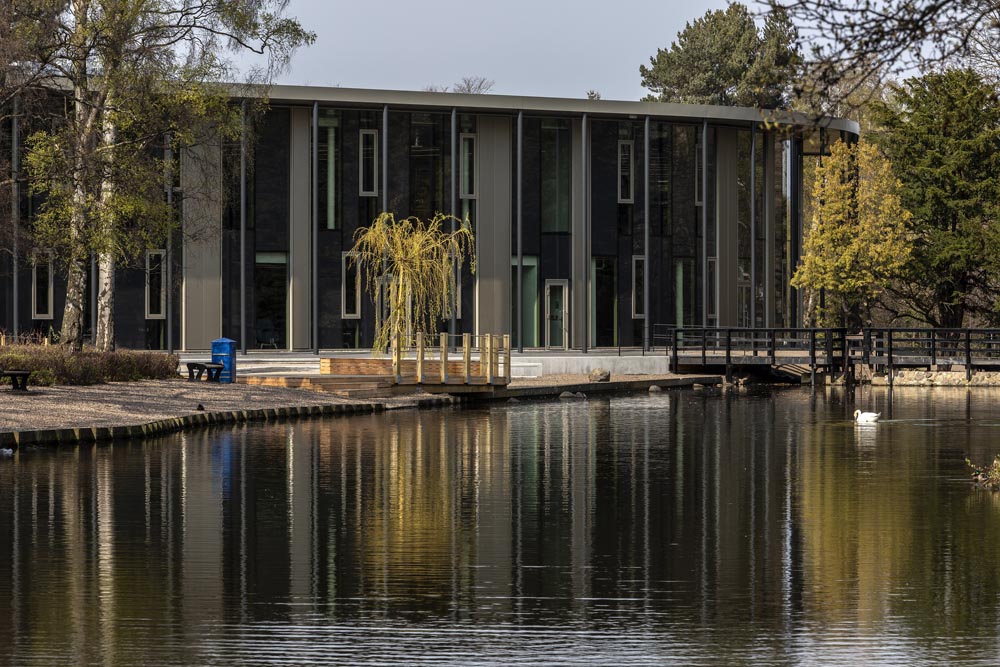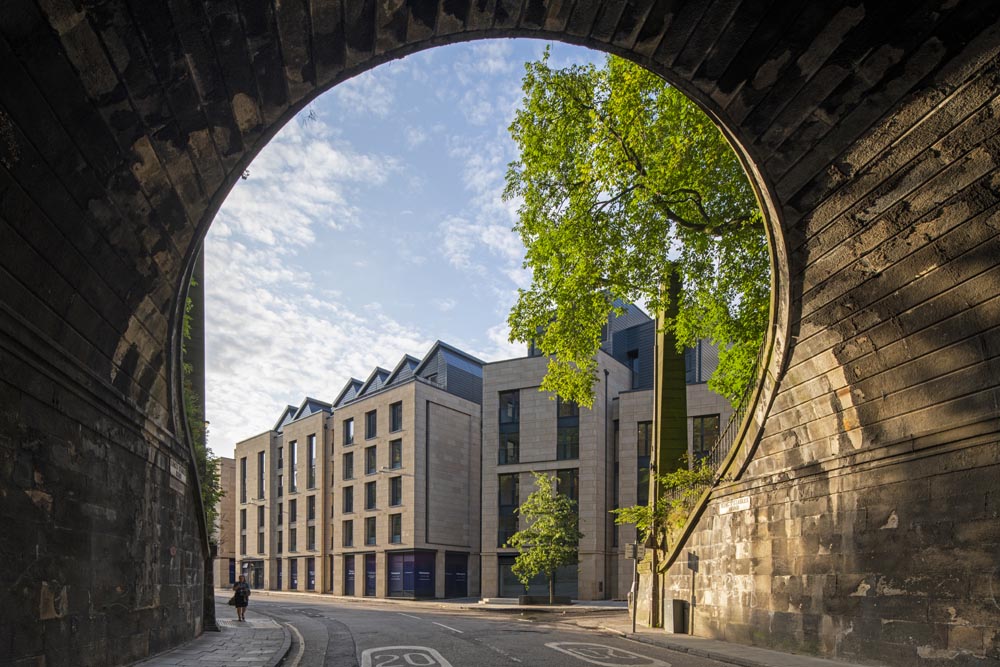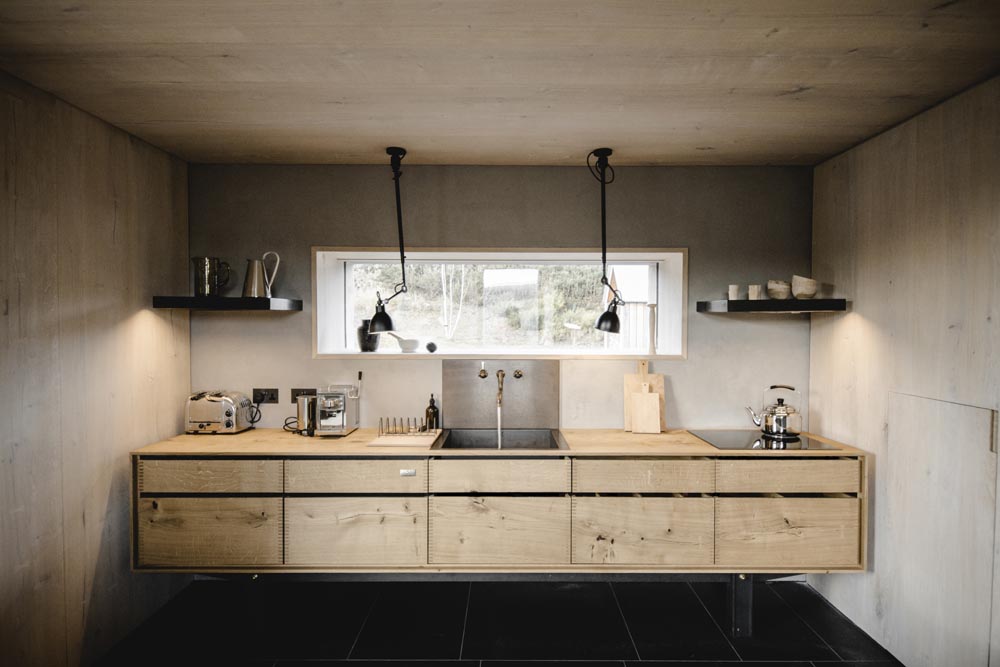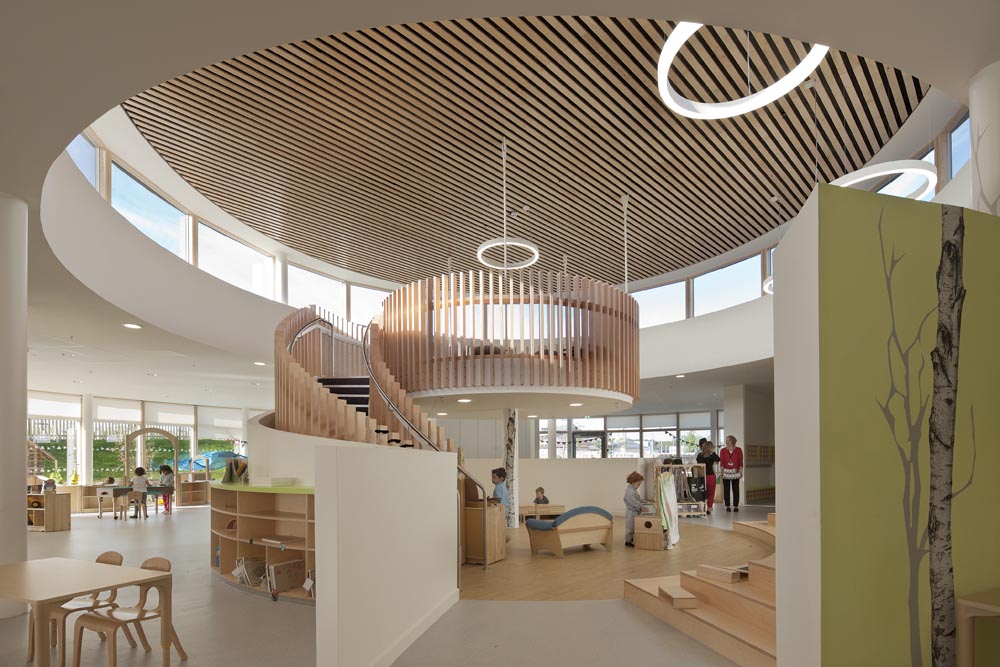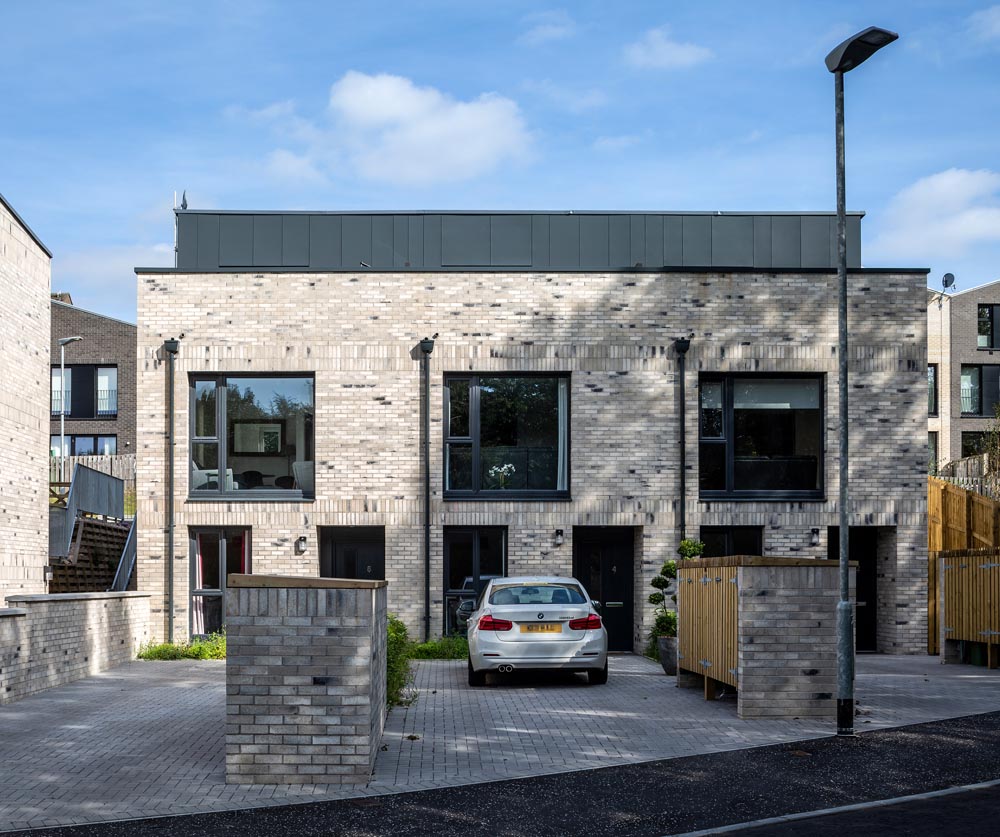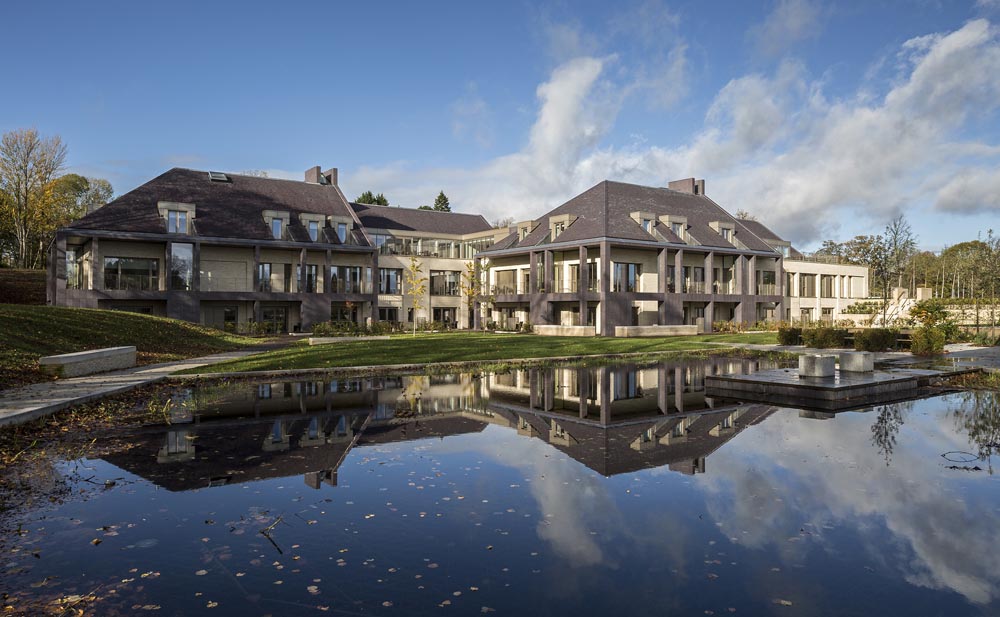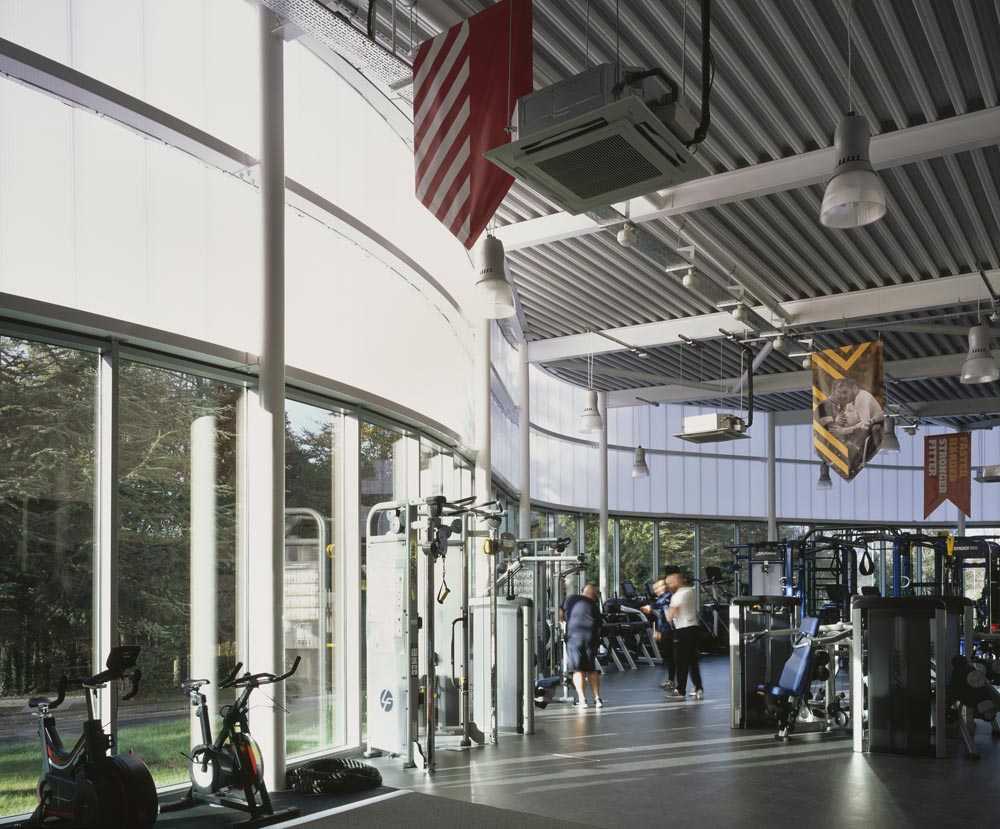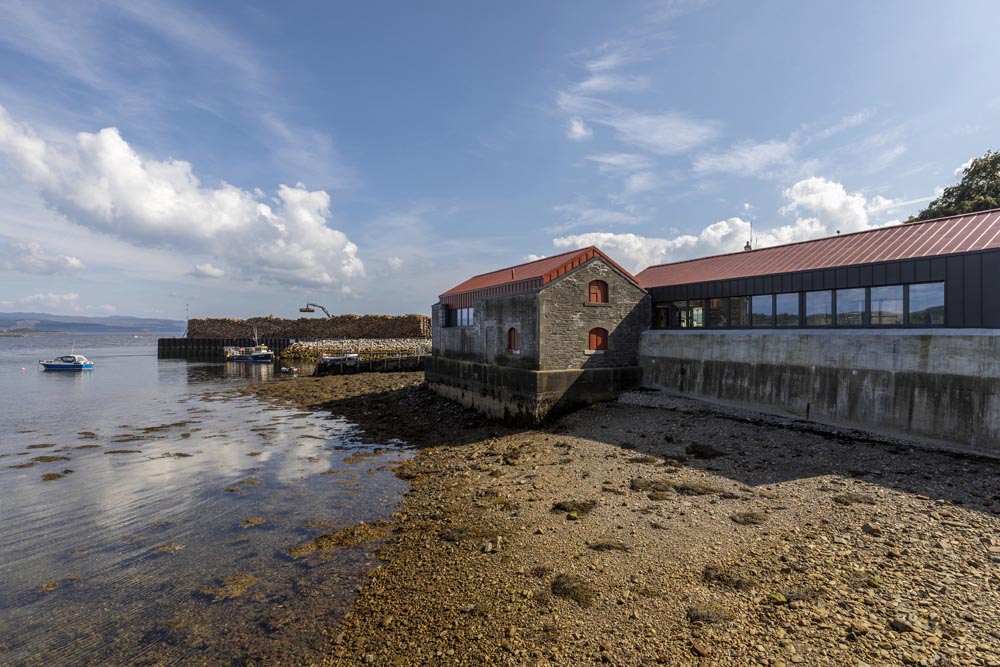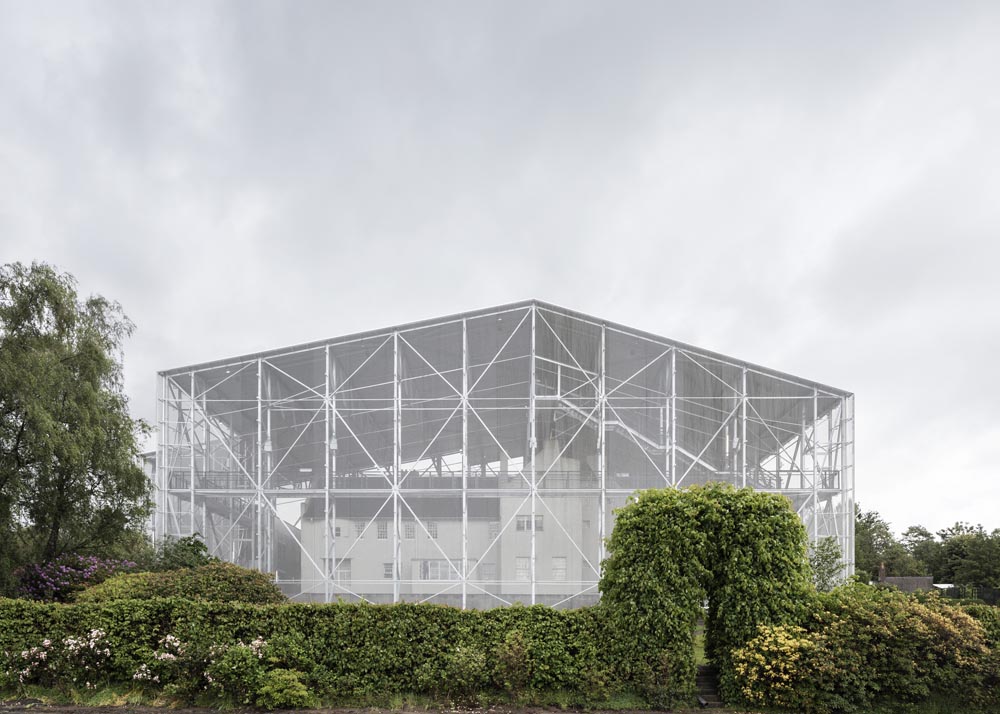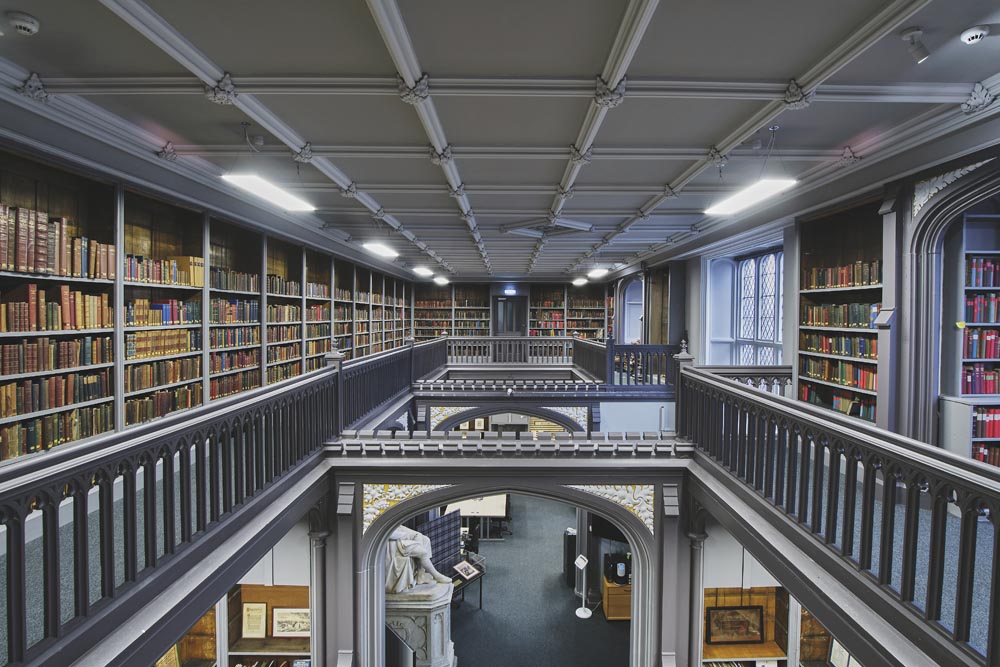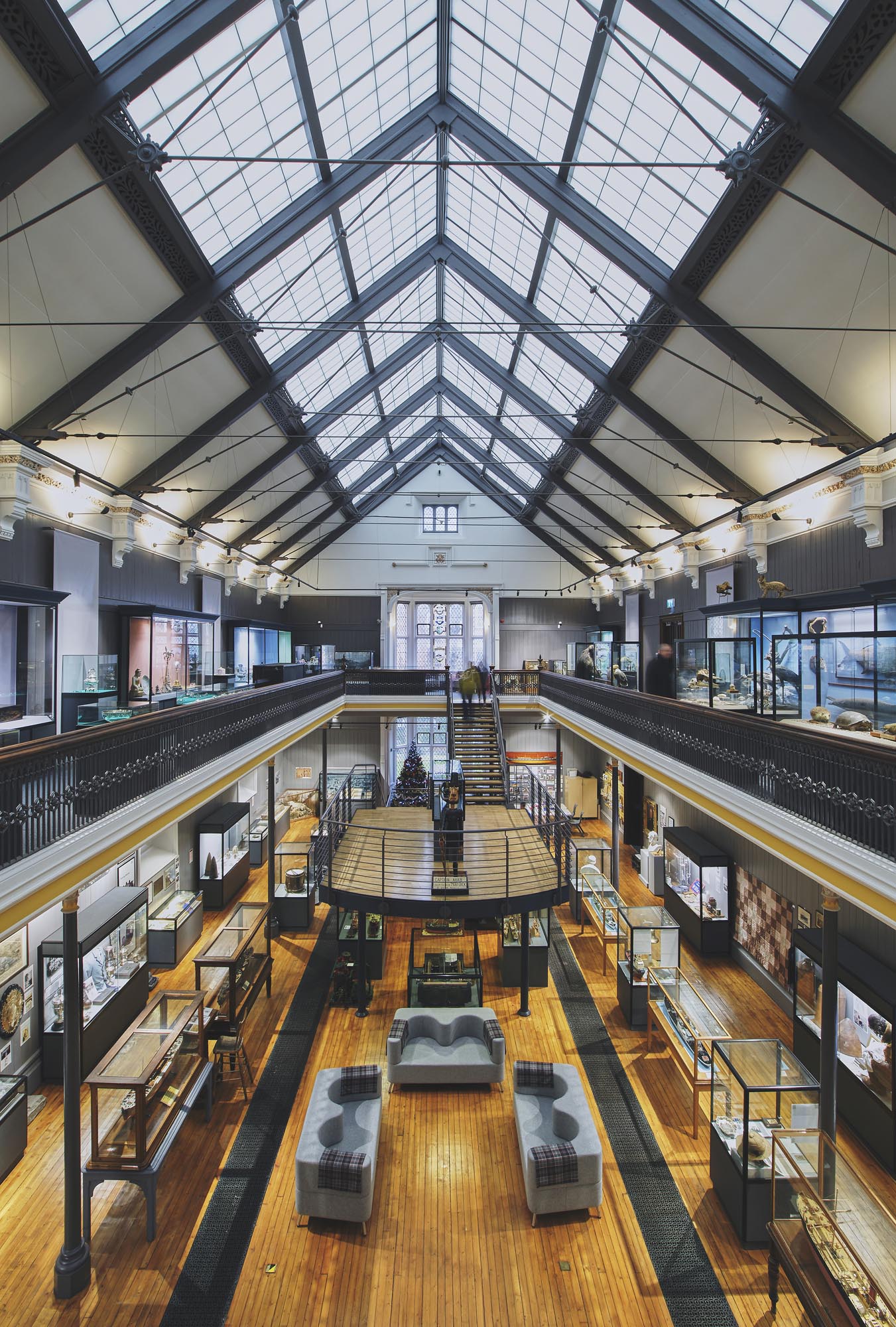
Watt Institution
Collective Architecture
The Grade ‘A’ Listed Watt Institution in Greenock is an important building historically, civically, socially and culturally and housing local archives, bequeathed artefacts and world class artwork. The building consists of a museum,
art gallery and library along with a large hall for temporary exhibitions and community events.
Over a period of time the fabric of the building had been deteriorating to the point where both the building and its contents were being irreparably damaged. The client had an extremely limited budget to address
the situation and the brief was to carry out conservation works to the external fabric to arrest any further decay and damage. This entailed extensive works to the slate roof and leadwork, stonework, timber
sash and case and leaded glass windows and rainwater goods.
Contract duration was 18 months, planning constraints were principally related to the conservation approach based on Historic Environment Scotland guidelines.
Working closely with Historic Environment Scotland we established a conservation approach which achieves a balance between repairing damaged elements of the building while leaving others in current condition where
this did not contribute to future deterioration and reflects the age of the building. A number of important features were reintroduced to the facades based on historic photographs from the museum archive. These
included the tall chimney stacks to the library gables (which were truncated to roof level) and a stone gable plaque. The chimneys in particular have a substantial impact on the proportions of the facade.
Code 8 lead is used for roof guttering, replacement stone was sourced from north of England quarries based on the recommendations of the petrographic survey. Ballachulish slate was carefully stored and graded and
reused on specific roof planes, replacement slate was sourced from the north of Wales based on the slate condition report. Through careful and controlled consideration of the stone repairs we were able to predominantly
use stone indents or replacement and minimise any plastic repairs.
A number of the leaded glass openers opened outwards (or they were rusted shut due to poor previous repair work) and did not meet current regulations due to the cill height. Working closely with the leaded glass
manufacturer we resolved this by recreating the ironmongery to match the existing (some of which was missing) which allowed the opening action to be restricted but allowed the building users to naturally vent
the rooms when required.
One key challenge was the reintroduction of the rooflights to the museum space which had been painted out with light blocking paint in the 80’s to reduce the amount of direct sunlight which had been damaging the
exhibits along with allowing heat to escape through the single glazing. We could not install double glazed units due to weight restrictions on the delicate roof structure so solved the challenge by replacing
with a lightweight sandwich panel which reduces and diffuses the direct light and improves insulation in this space.
Accessibility within the building was limited with both the library and the art gallery access by stairs only. This was resolved with the opening up of an historic doorway between the library and the rest of the
building (hidden in a store) and the installation of a platform lift to the art gallery. The installation of the lift involved the removal of the existing accessible toilet (which did not meet current standards)
and allowed us to relocate this and ensure the new one met all the current regulations.
Through careful control of the costs we were able to direct some of the available funds to address some issues internally with the building which was an unexpected bonus for the client. A suite of wayfinding signage
was introduced to create an unified identity and to clarify the public route around the building, fire escape strategy was reviewed and improved, new lighting was installed to public spaces and redecoration
was carried out. The museum space was rationalised to reduce the retail space through the insertion of a new reception and display area which allows more space to be used for both museum displays and a community
area for use by local schools and groups for activities. The reception area also enclosed the area below the main stair, to screen the various items which were stored here to minimise the visual intrusion into
the museum itself.
Client
Inverclyde Council
QS / M&E Engineer /
Project Manager
Inverclyde Council
Structural Engineer
Pick Everard
CDM
Collective Architecture
Main Contractor
WH Kirkwood Ltd
Gross Internal Area
1,447m²
Contract Value
£1.80m
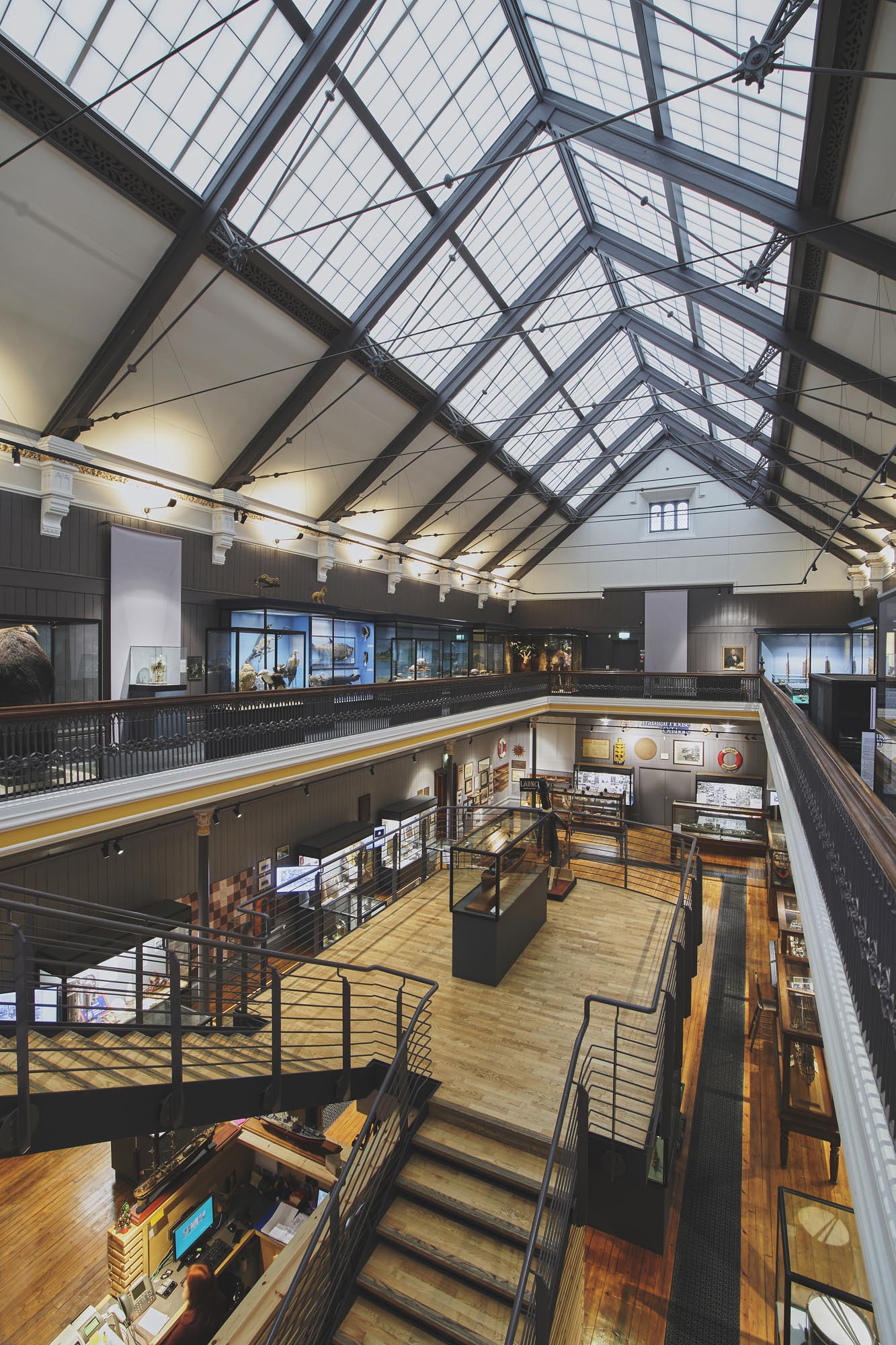
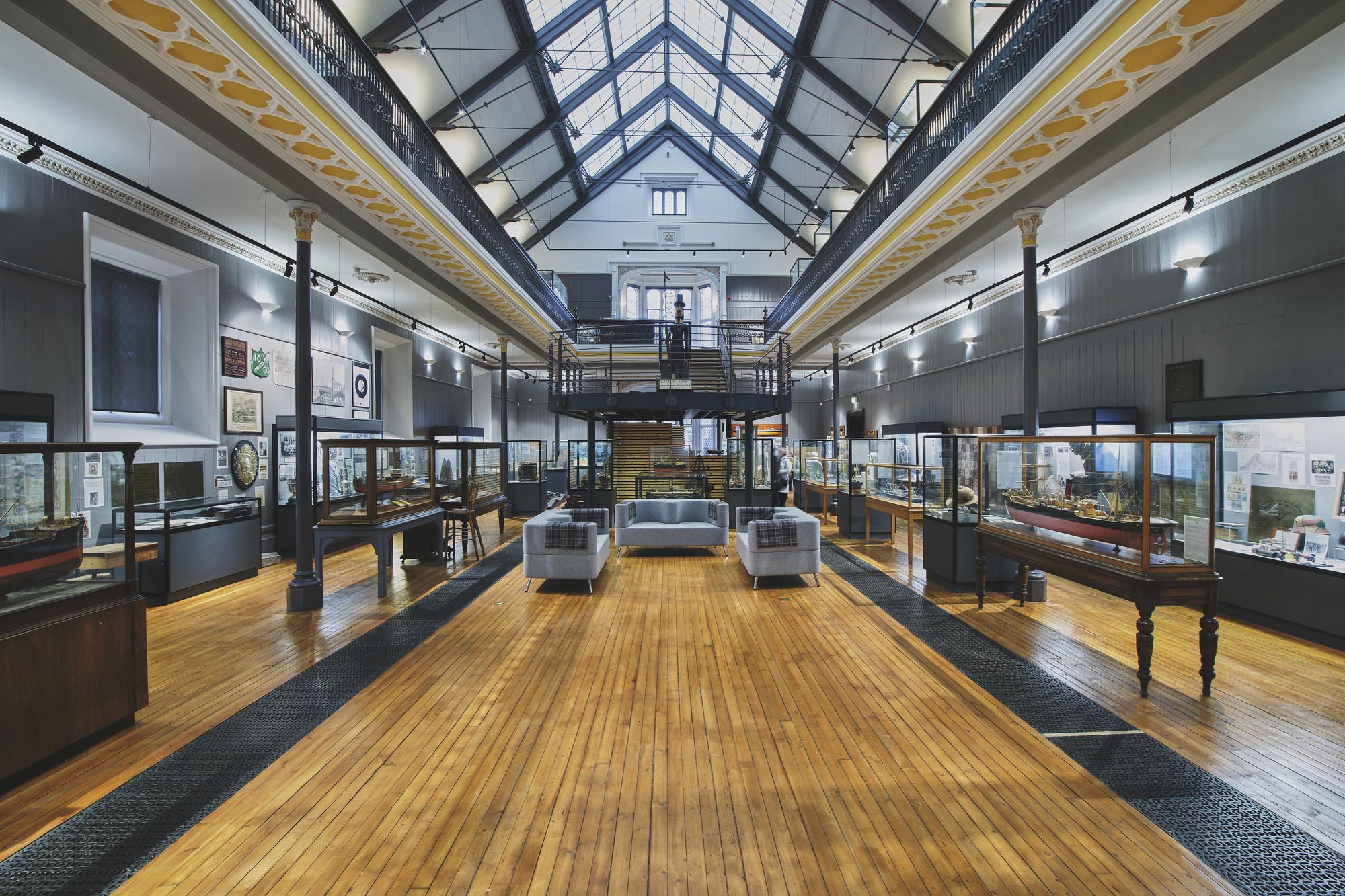
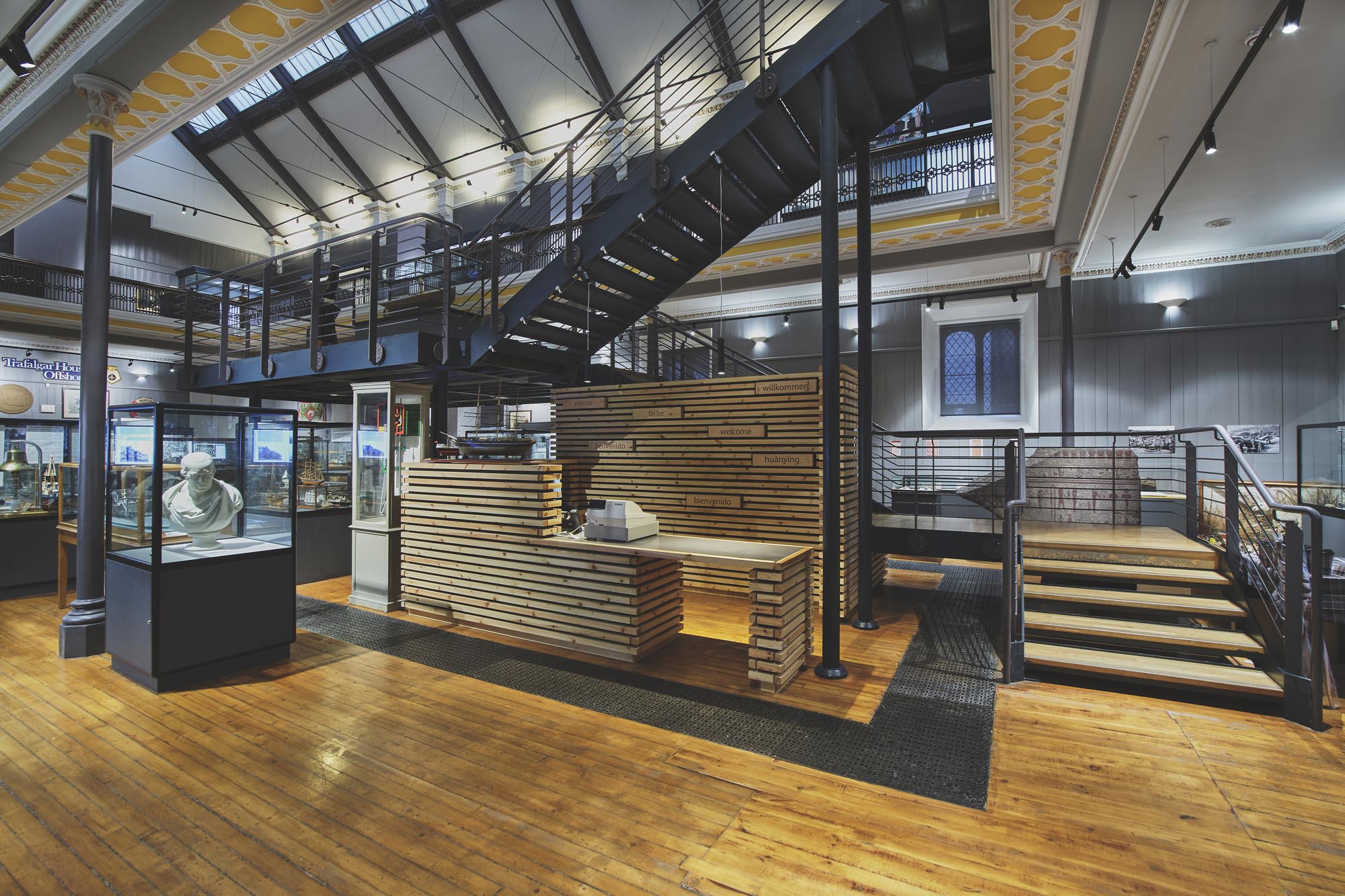
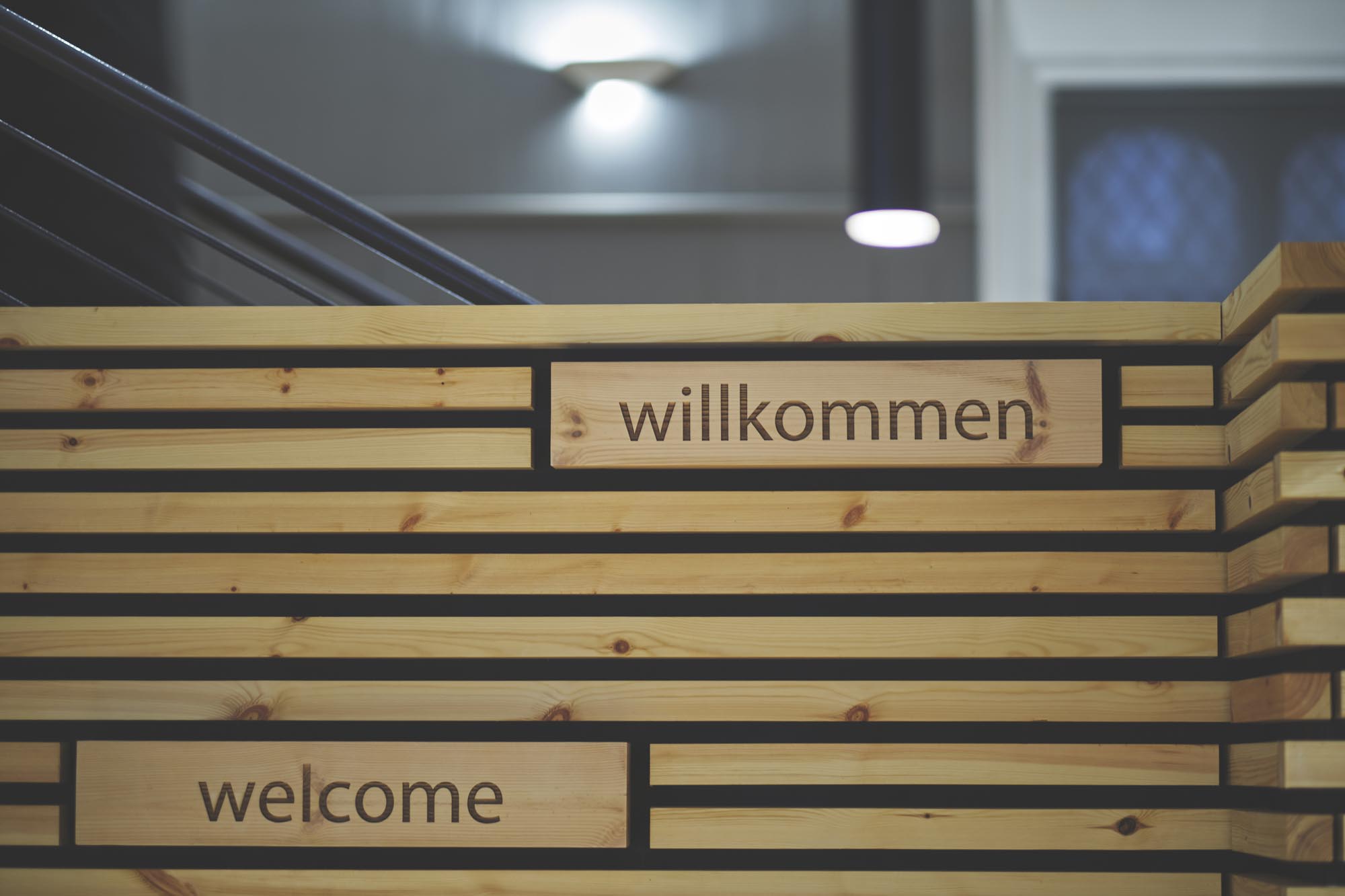
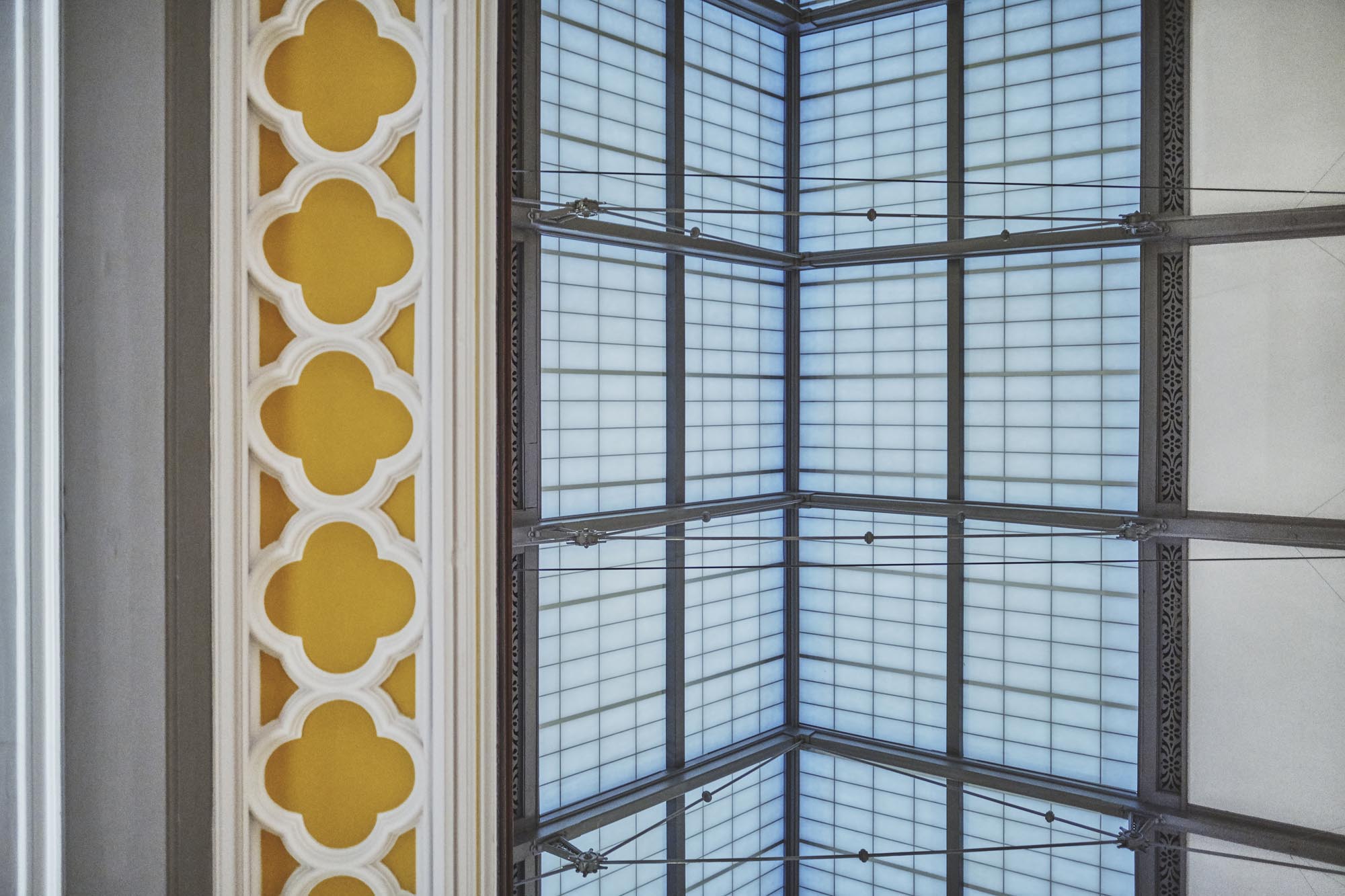
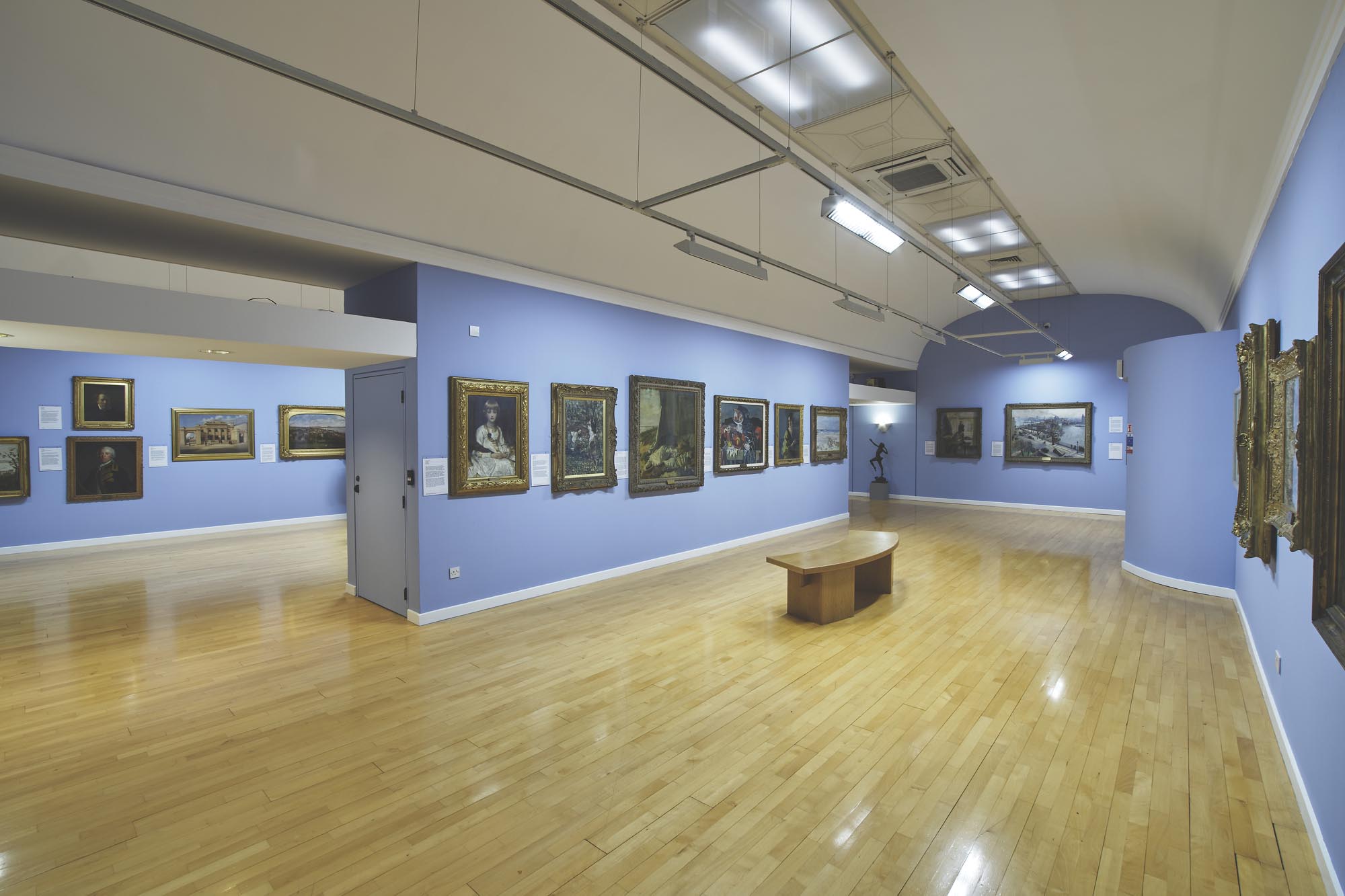
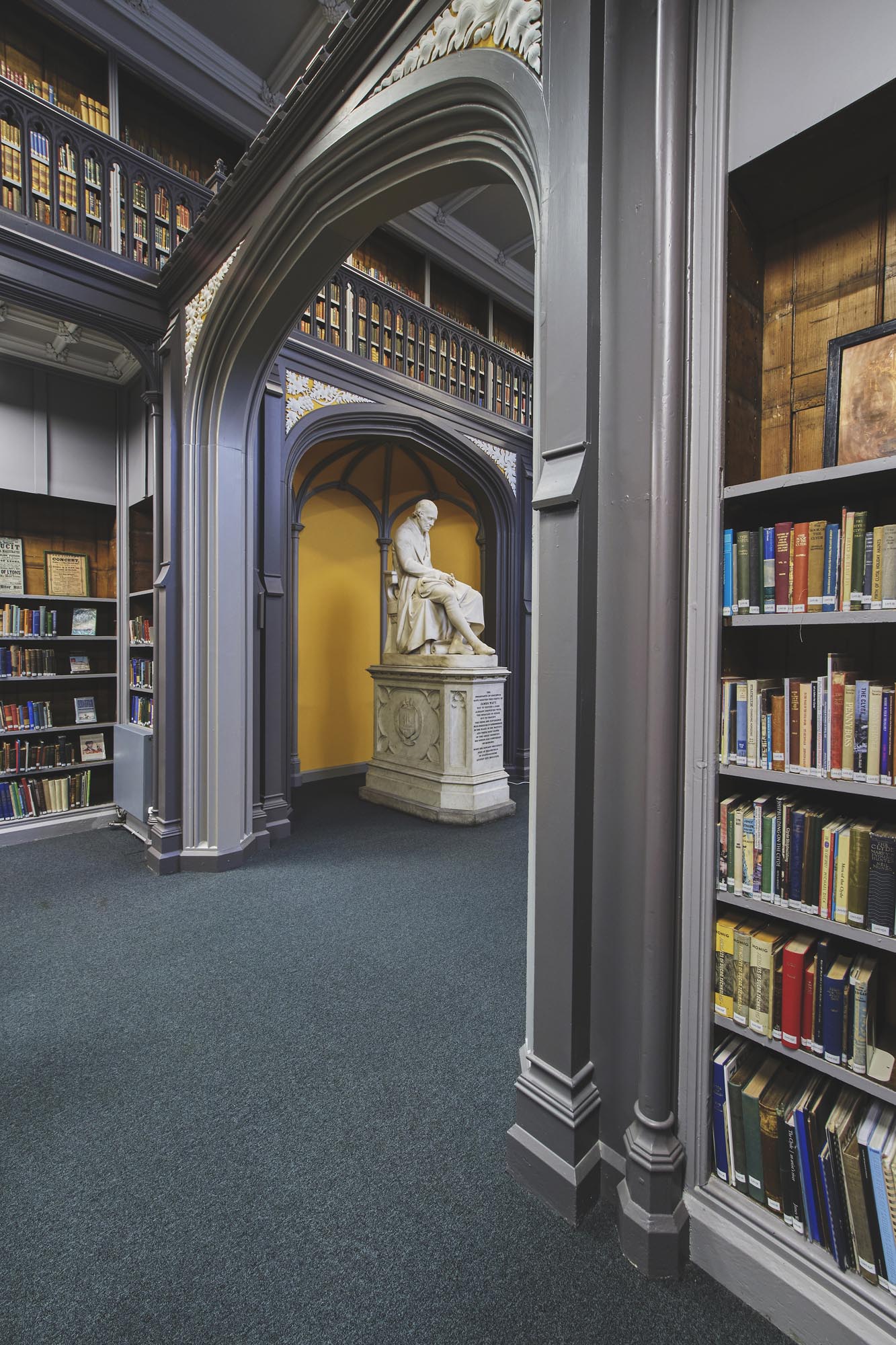
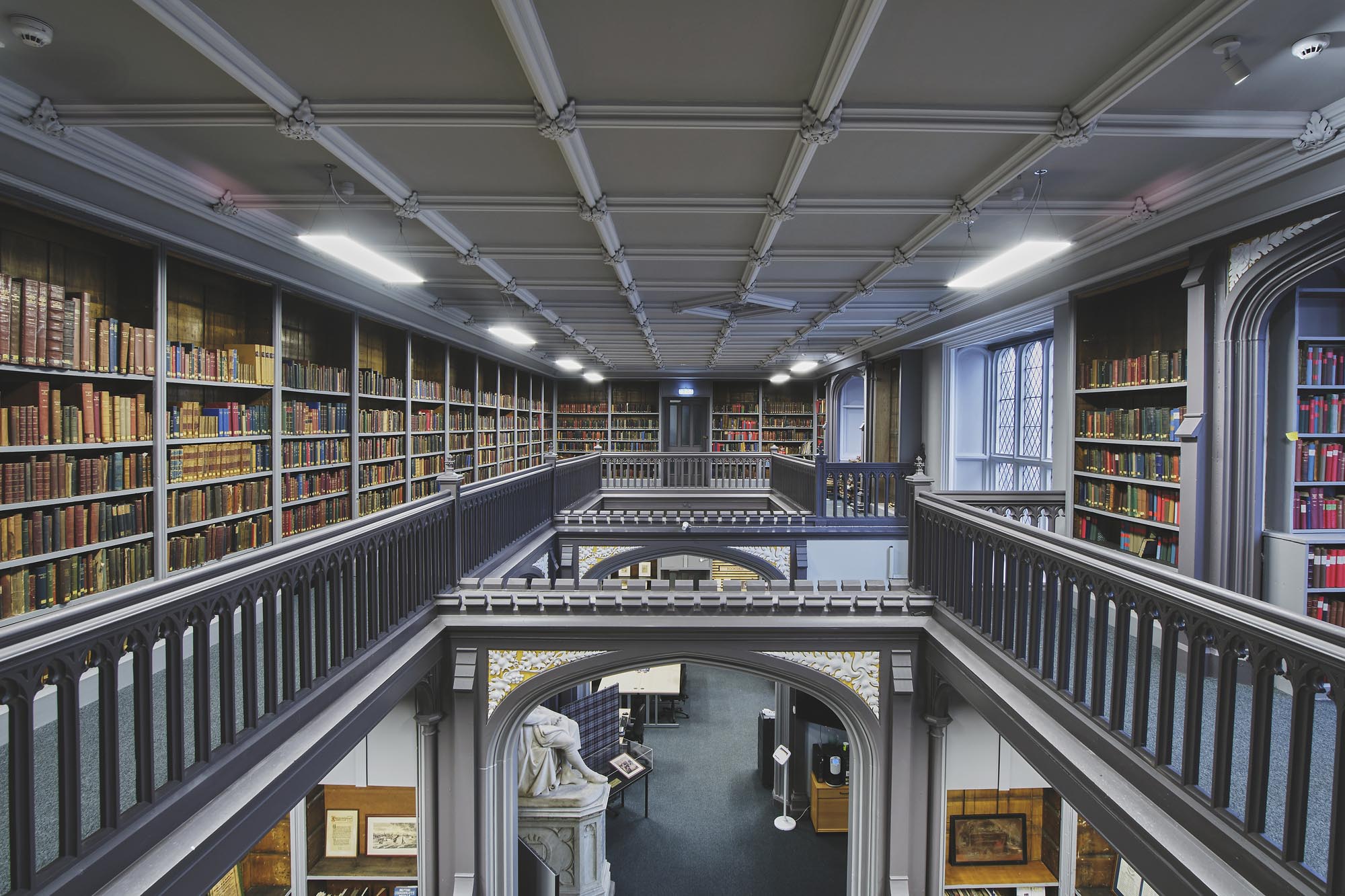
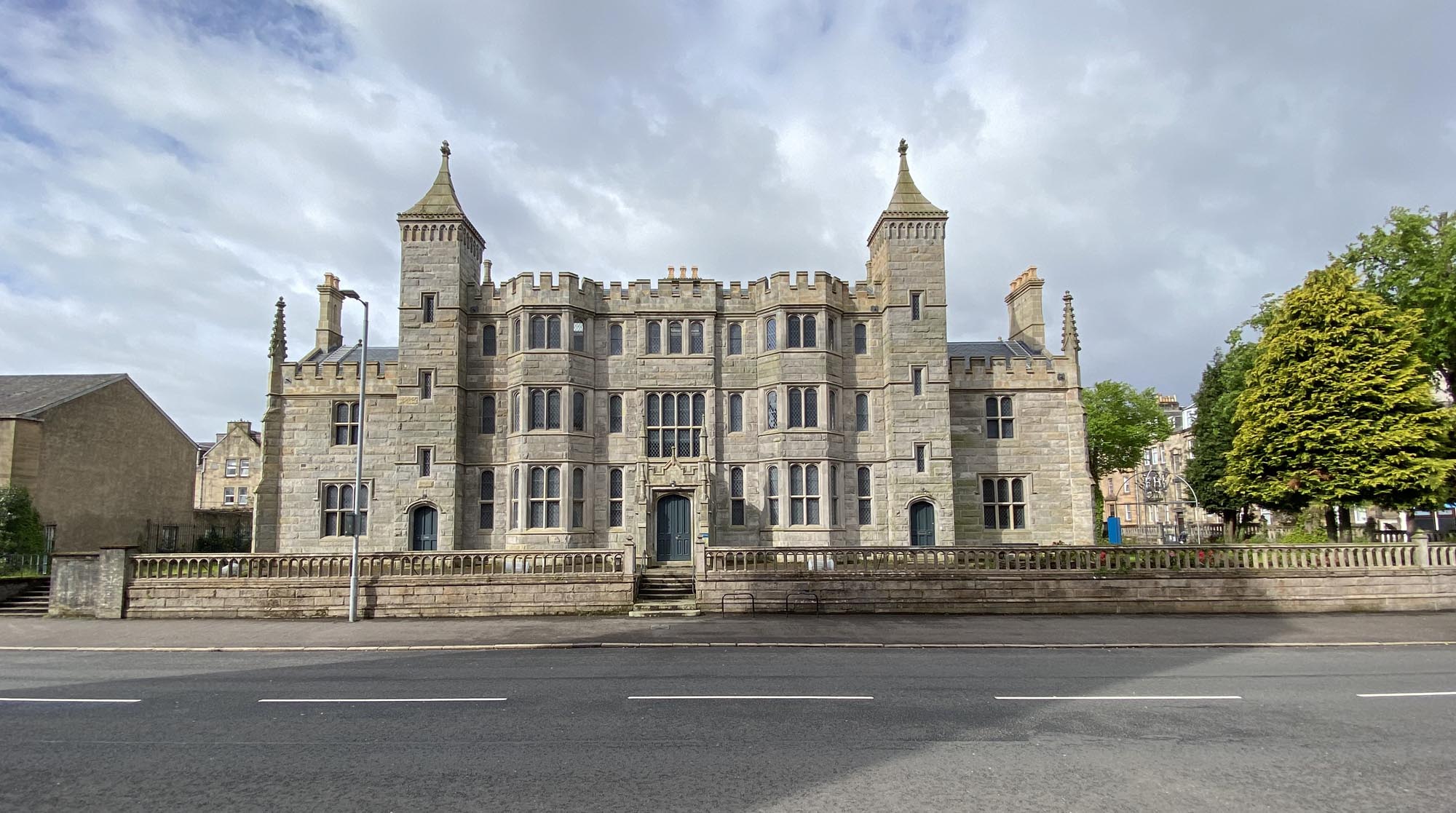
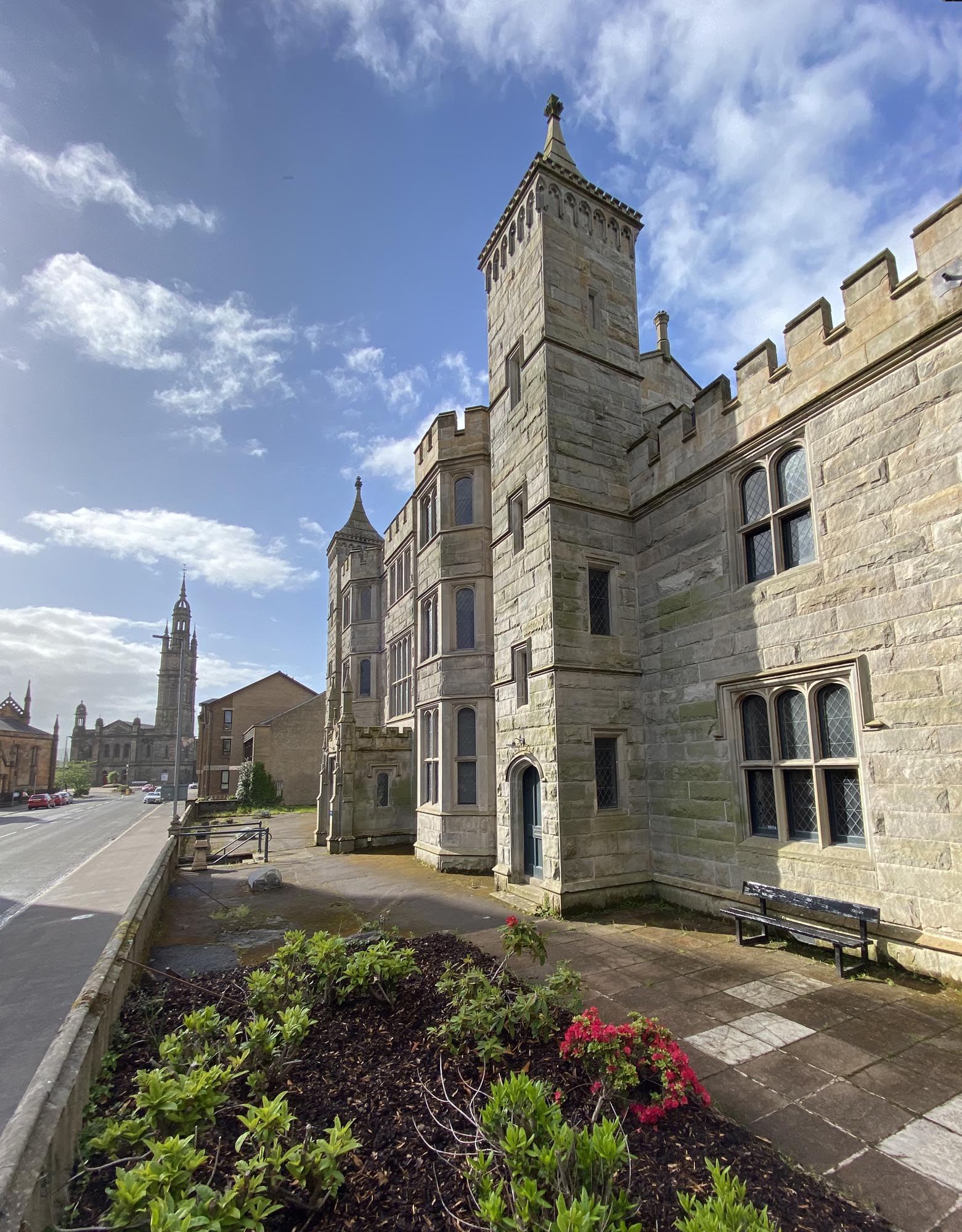
The RIAS 2020 Shortlist









